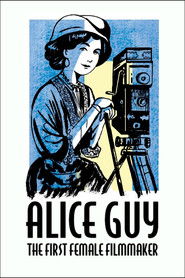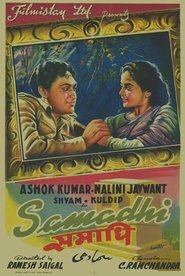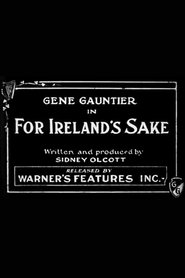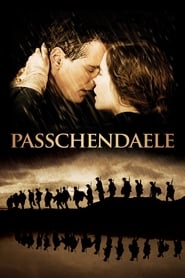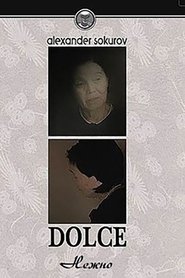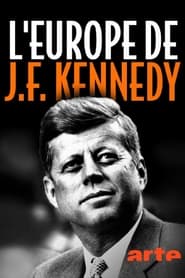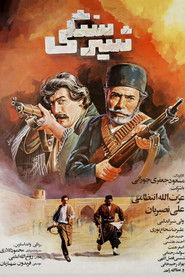Popular History Movies - Page 273
-
Ami Yasmin Bolchi
0000
-
Alice Guy, the First Female Filmmaker
2021
star 7.2Who, apart from moviegoers, knows Alice Guy (1873-1968) today? However, she was the first woman behind the camera and the first female director and producer of fiction films in history. -
Шум времени
2026
-
Samadhi
1950
Samadhi
1950
Shekhar falls in love with Lilly D'Souza, a performer, only to discover she is a British spy. He hands over Lilly and her sister, Dolly, to the INA, which sentences both to death. -
Question 7
1961
Question 7
1961
star 5.5Suspenseful story of a boy and his father, each forced to decide his future on his willingness to stand up for what he believes. -
Mussum, o Filmis
2023
Mussum, o Filmis
2023
star 7.7The trajectory of Antônio Carlos Bernardes Gomes, known as Mussum, from Trapalhões. His poor childhood, his military career, his relationship with Mangueira and his success with the group Originais do Samba, as well as behind the scenes as a member of Trapalhões. -
Price for Peace
2002
Price for Peace
2002
star 5.6This powerful and thought provoking film chronicles the compelling events in the Pacific Theater of WWII, from the bombing of Pearl Harbor in 1941 to the American occupation of Japan in 1945. It depicts the strength and courage of America's youth, while examining how these men and women dealt with being thrust into this brutal war. The film includes interviews with war veterans, both American and Japanese, from all branches of the military. It features testimony from medics, nurses, dog handlers, as well as Japanese-Americans who were imprisoned at internment camps in the United States. The film also includes a first hand account of the tragic impact of the atomic bomb on Japanese citizens. Among the veterans who appear is Zenji Abe, a Japanese veteran who flew the mission to bomb Pearl Harbor, and retired General Paul Tibbets who flew the mission to bomb Hiroshima. -
For Ireland's Sake
1914
For Ireland's Sake
1914
star 5Set in the late 1790s, a depiction of Irish villagers rebelling against British occupation (Red Coats) over the right to bear arms. -
'85: The Greatest Team in Football History
2016
star 8.2Through never-been-seen-before footage and fascinating interviews with key members of the 1985 Chicago Bears -- Mike Ditka, Jim McMahon, Mike Singletary, and others -- you will hear the inside story of their historic season. -
Sharpe's Honour
1994
Sharpe's Honour
1994
star 6.61813. Major Sharpe's old enemy, Major Ducos manipulates a beautiful young marquesa into falsely accusing Sharpe of rape. Her husband calls Sharpe out in a duel. But when the husband is found dead the next morning, Sharpe is arrested and brought before a court martial, and it seems not even Patrick Harper and the Chosen Men can save Sharpe from a hanging, or rescue his honour -
America
1924
-
Infinite Elza
2021
Infinite Elza
2021
The movie-documentary "Elza Infinita" follows the journey of singer Elza Soares. Its starting point is the musical Elza and the artists who were part of the cast, as they talk about Elza’s life and their own personal experiences. -
Passchendaele
2008
Passchendaele
2008
star 6.1Sergeant Michael Dunne fights in the 10th Battalion, AKA The "Fighting Tenth" with the 1st Canadian Division and participated in all major Canadian battles of the war, and set the record for highest number of individual bravery awards for a single battle -
Dolce
2000
Dolce
2000
star 6.2A documentary portrait of Miho Shimao, widow of renowned Japanese writer Toshio Shimao. -
Revolution's Daughter
0000
A deep dive into the lives and experiences of those impacted by the Fidel Castro era in Cuba. -
Kennedys Liebe zu Europa
2022
star 10A docudrama on John F. Kennedy's early travels through Europe with his best friend Lem Billings. A road trip that would lay the foundation for JFK's later love for Europe and its countries, such as Germany. -
The Stone Lion
1987
The Stone Lion
1987
star 7When a British officer is found dead on a pipeline, tensions rise between a local tribe and authorities. -
Kokoda
2006
Kokoda
2006
star 6.2A bitter battle is fought between Australian and Japanese soldiers along the Kokoda trail in New Guinea during World War II.
 Netflix
Netflix
 Amazon Prime Video
Amazon Prime Video
 Apple iTunes
Apple iTunes
 Apple TV Plus
Apple TV Plus
 Disney Plus
Disney Plus
 Google Play Movies
Google Play Movies
 Paramount Plus
Paramount Plus
 Hulu
Hulu
 HBO Max
HBO Max
 YouTube
YouTube
 fuboTV
fuboTV
 Peacock
Peacock
 Peacock Premium
Peacock Premium
 Amazon Video
Amazon Video
 The Roku Channel
The Roku Channel
 AMC+
AMC+
 Kocowa
Kocowa
 Hoopla
Hoopla
 The CW
The CW
 Vudu
Vudu
 Starz
Starz
 Showtime
Showtime
 PBS
PBS
 Pantaflix
Pantaflix
 FXNow
FXNow
 Tubi TV
Tubi TV
 Kanopy
Kanopy
 Comedy Central
Comedy Central
 Crunchyroll
Crunchyroll
 Microsoft Store
Microsoft Store
 Redbox
Redbox
 Sun Nxt
Sun Nxt
 ABC
ABC
 DIRECTV
DIRECTV
 Crackle
Crackle
 Fandor
Fandor
 Plex
Plex

